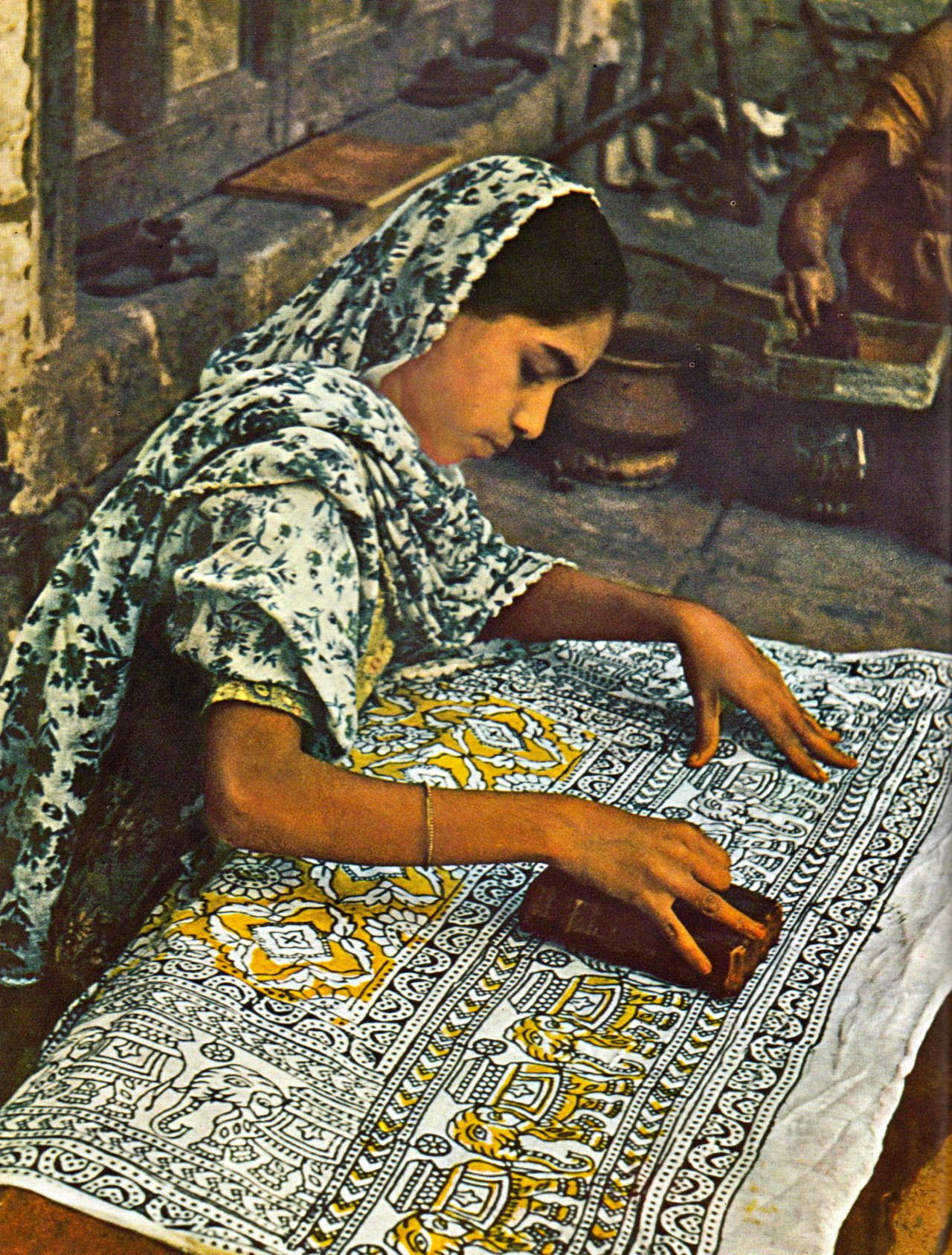It is the oldest method that was used to print texts and patterns. Block printing originated in China as early as 220 AD, woodblock printing is very common in East Asian countries like Japan. The oldest traces of its use was more artistic and commercial than formal. Ukiyo-e is, in fact, a Japanese art form where artists made art out of woodblock, they made prints of women and sumo wrestlers depicting their rich culture. And in India, it has been in use since the 12th century. It is conspicuous that the art form is synonymous with beauty, elegance and richness. The patterns may look simple but are so soothing and delightful to the eyes.
It has been the sustenance for many artisans throughout the country, involving the hard labor of hands and shrude eyes it is no simple task. The process is time-consuming but the results are unbelievably beautiful and give out a feeling of belonging. Block printing is a tradition in more than one country and the dyes and patterns used in each country are disparate, keeping common only the method by which it is created.
Needless to say how diverse and rich the Indian sub-continent is, every region has something to offer so there are many types of block prints.
Kalamkari
It is a person name in which, Kalam means ‘pen’ and Kari means ‘craftsmanship’ so these patterns are pen drawn and then translated into block prints. The process involves 23 steps and apparently, only natural dyes are used. It can be either hand-painted or block printed directly on the fabric.
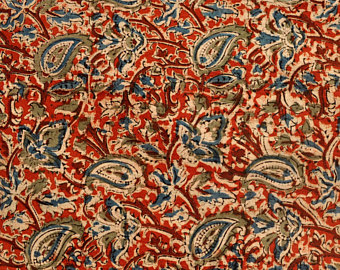
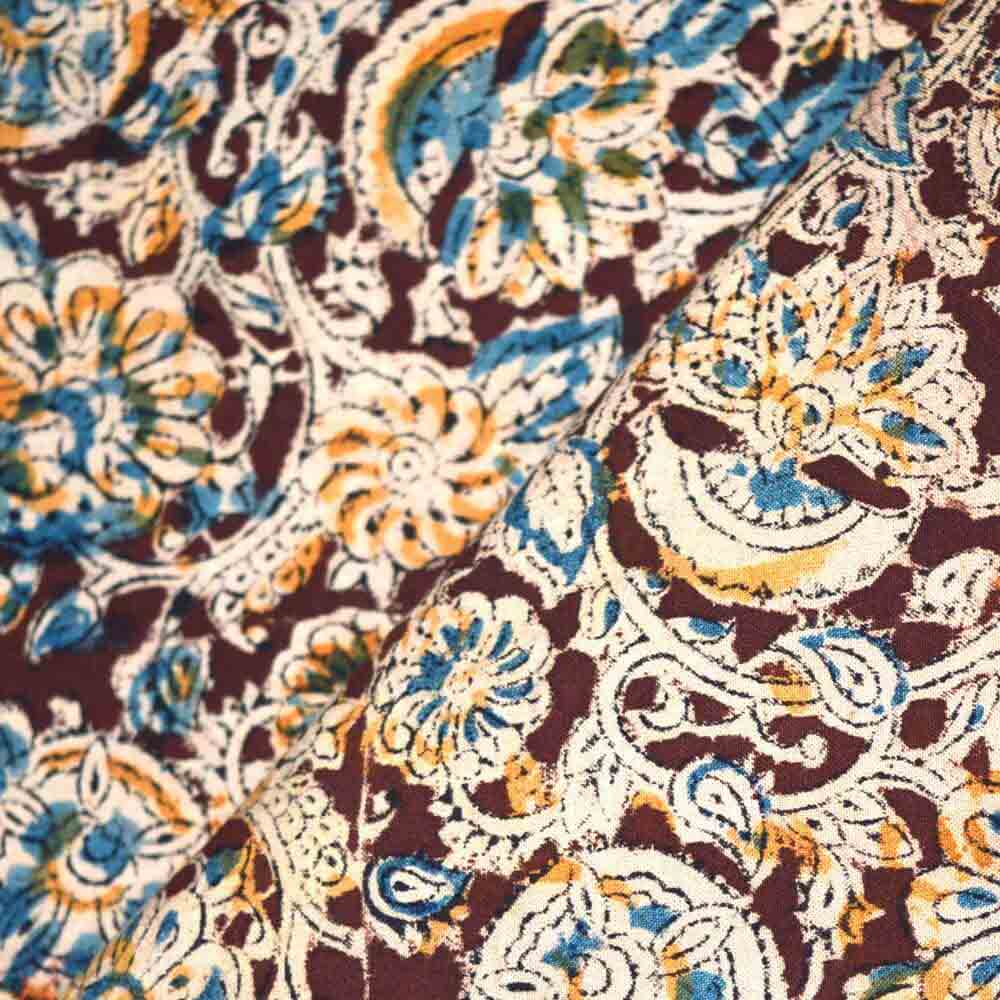
Bagru
It is a famous Rajasthani block print. It concentrates on
motifs inspired by their flora and fauna. Interestingly they also use geometrical shapes like waves and checks.
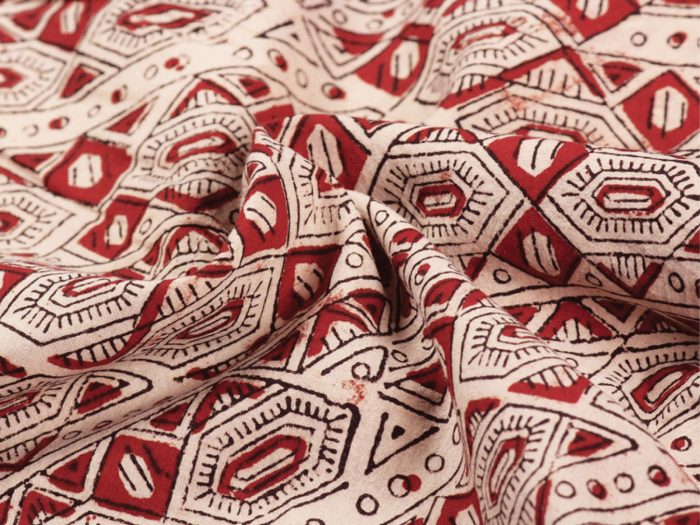
Ajarkh
It refers to prints with deep red and indigo blue color as the background and perfectly symmetrical shapes overall. The word Ajrak is from an Arabic word which literally means blue. This print is commonly found to be made in Kachchh, Gujarat.
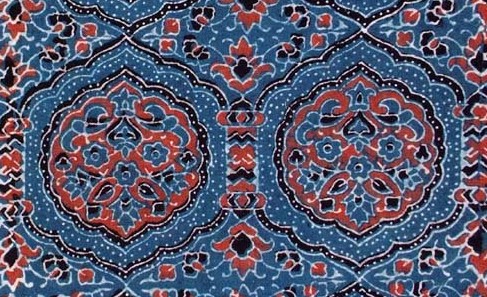
Wearing traditional and authetic woodblock prints mean so much to the community of artisans. It promotes the use of natural dyes which saves the environment big from chemical hazards. It also makes the clothes sustainable and eco-friendly.
It will also improve the lifestyle of the larbourers, encouraging a fair trade culture.
Valentina
Related posts
Women Tips
Privacy Overview
| Cookie | Duration | Description |
|---|---|---|
| cookielawinfo-checkbox-analytics | 11 months | This cookie is set by GDPR Cookie Consent plugin. The cookie is used to store the user consent for the cookies in the category "Analytics". |
| cookielawinfo-checkbox-functional | 11 months | The cookie is set by GDPR cookie consent to record the user consent for the cookies in the category "Functional". |
| cookielawinfo-checkbox-necessary | 11 months | This cookie is set by GDPR Cookie Consent plugin. The cookies is used to store the user consent for the cookies in the category "Necessary". |
| cookielawinfo-checkbox-others | 11 months | This cookie is set by GDPR Cookie Consent plugin. The cookie is used to store the user consent for the cookies in the category "Other. |
| cookielawinfo-checkbox-performance | 11 months | This cookie is set by GDPR Cookie Consent plugin. The cookie is used to store the user consent for the cookies in the category "Performance". |
| viewed_cookie_policy | 11 months | The cookie is set by the GDPR Cookie Consent plugin and is used to store whether or not user has consented to the use of cookies. It does not store any personal data. |

